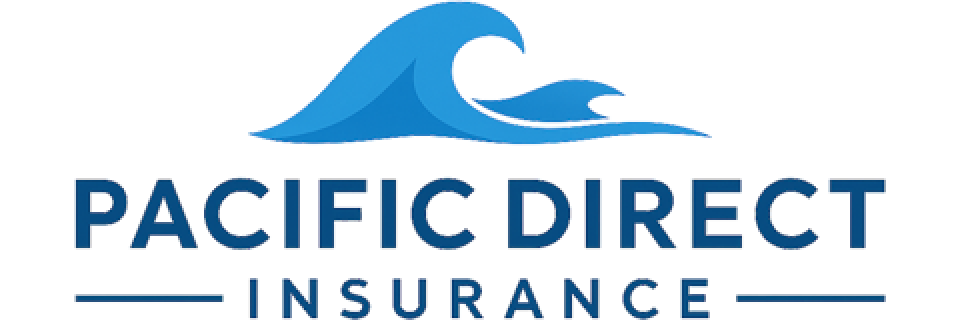Your Rate Class
What Life Insurance Rate Class Will You Qualify For?
Understanding the Life Insurance Ratings Ladder
When you apply for life insurance, your final premium won’t come down to simple negotiation. Insurance companies rely on a detailed underwriting process that evaluates many factors to determine your risk level. These include:
- Medical records from your healthcare providers
- Lab results from your insurance exam
- Prescription history
- Your MIB (Medical Information Bureau) report
Insurers use decades of data from millions of applicants to identify how different health factors correlate with risk. Each company has its own underwriting guidelines and risk assessment methods, which means the same health profile could receive different rate classes depending on the insurer. Some carriers are more favorable to applicants with specific conditions like diabetes, sleep apnea, anxiety, or elevated weight.
Matching You With the Right Carrier
Not all insurance companies evaluate risk the same way. Our role is to match your health profile to the insurer that offers the most favorable terms for your specific situation. Whether you’re managing high blood pressure, recovering from cancer, or taking prescription medications, there’s often an insurer that looks more favorably on your overall risk.
Once your application is reviewed, the underwriter assigns you a position on what we refer to as the “ratings ladder.” This scale typically includes 12 rate classes, with each rung representing a different level of risk and pricing. Rung 1 is the most favorable (lowest premium), and Rung 12 is the highest.
How the Ladder Works
Every applicant is placed on an age and gender-specific ladder. For example, all 50-year-old males are grouped on one ladder, and all 50-year-old females on another. Applicants typically start at Rung 4, known as the Standard Rate. Based on your health history, the underwriter will assess risk “credits” and “debits” to move you up or down the ladder.
For example, someone with diabetes may be moved up the ladder (resulting in a higher premium), but if their condition is well-controlled and they have favorable cholesterol or weight levels, those factors may help move them back down to a better rate class.
Common Life Insurance Rate Classes
Preferred Plus – Rung 1
This is the most favorable rate class. Applicants must have no major health concerns and use little or no medication. Fewer than 2% of applicants qualify for this rate.
Preferred – Rung 2
Applies to those with only mild, well-controlled conditions such as blood pressure or cholesterol. Minimal medication use is acceptable. Around 5% of applicants receive this rating.
Standard Plus – Rung 3
Allows for minor health concerns and modest weight above the ideal range. Conditions like sleep apnea, mild depression, or late-onset diabetes may be accepted if well-managed. Approximately 13% of applicants qualify.
Standard – Rung 4
This is the default class most applicants begin with. It covers those with common health concerns such as 20–30 pounds of excess weight, well-managed diabetes, cancer history, or certain heart conditions. Roughly 30% of applicants receive this classification.
Table Ratings – Rungs 5–12
Applicants who do not qualify for a Standard rate class fall into one of eight table-rated categories. Each table rating adds approximately 25% to the cost of a standard policy.
For example, if a Standard rate premium is $1,000 per year:
- Table 1: $1,250
- Table 2: $1,500
- Table 3: $1,750
- …and so on
Table ratings are assigned for a wide range of medical scenarios, including but not limited to:
- Poorly controlled diabetes
- History of serious heart conditions
- Long-term use of narcotic pain medication
- Other moderate to high-risk health profiles
Getting the Most Accurate Quote
Because every insurance company has different standards, it’s important to work with a professional who can guide you toward the carrier most aligned with your specific medical background. This is how we help clients secure the best offer possible—not by guessing or hoping for a lenient review, but by strategically presenting your health profile to the right underwriter at the right company.
To find out where you might land on the ratings ladder, contact Pacific Direct Insurance. We’ll walk you through the process and help you understand what to expect, without pressure or guesswork.
